
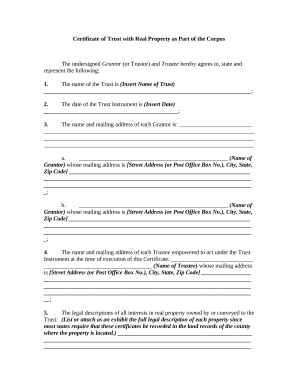
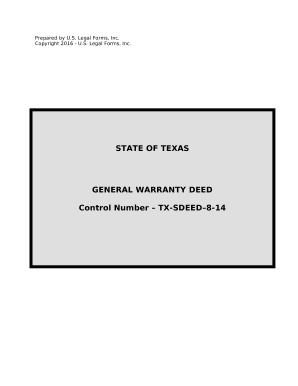
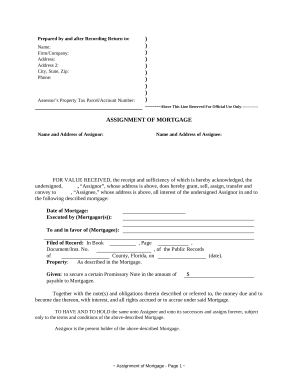
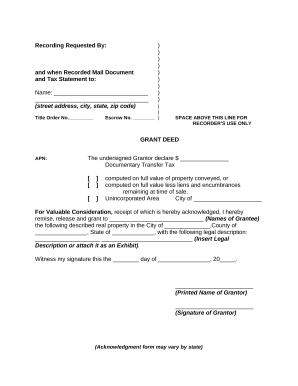
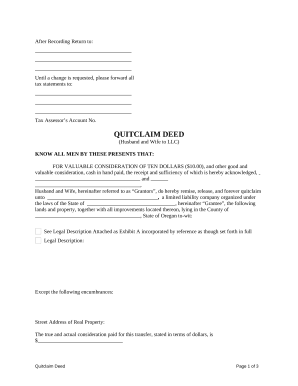
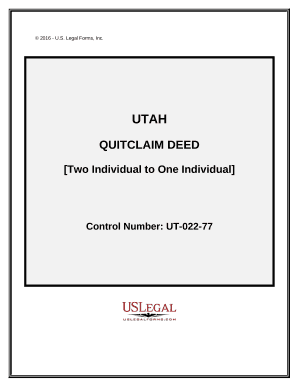

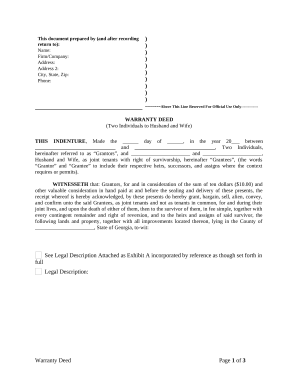
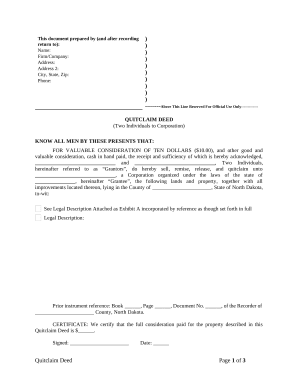
Papers administration occupies to half of your business hours. With DocHub, it is simple to reclaim your office time and enhance your team's productivity. Get Legal Ownership Transfer category and investigate all document templates relevant to your daily workflows.
Effortlessly use Legal Ownership Transfer:
Speed up your daily file administration with the Legal Ownership Transfer. Get your free DocHub profile right now to discover all forms.